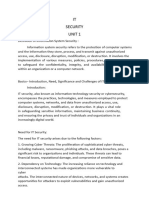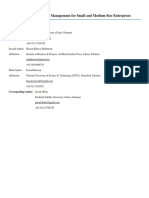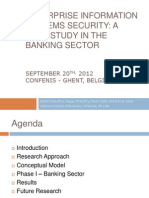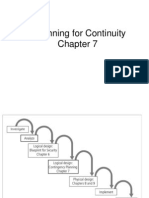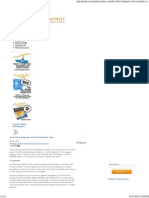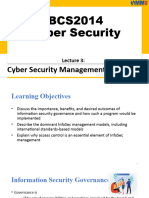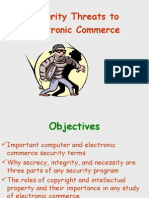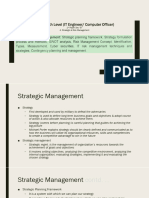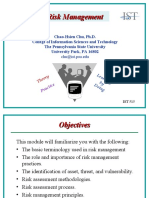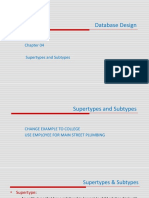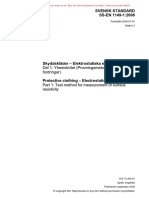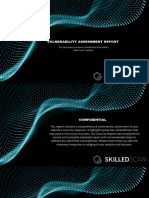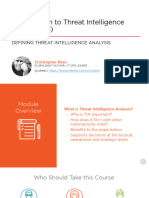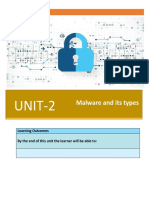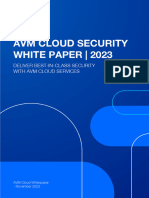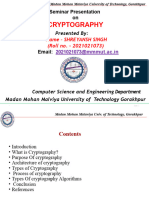0% found this document useful (0 votes)
288 views14 pagesUnit 3 Developing Secure Information Systems-1
The document discusses application development security and governance, risk management, and compliance (GRC). It notes that application development security is the fastest growing cybersecurity skill and will be in high demand over the next 5 years. It describes different types of application security testing including static, dynamic, and interactive testing. Finally, it discusses the benefits of implementing GRC including cost cutting, less duplicated work, and improved information quality.
Uploaded by
VishalCopyright
© © All Rights Reserved
We take content rights seriously. If you suspect this is your content, claim it here.
Available Formats
Download as PDF, TXT or read online on Scribd
0% found this document useful (0 votes)
288 views14 pagesUnit 3 Developing Secure Information Systems-1
The document discusses application development security and governance, risk management, and compliance (GRC). It notes that application development security is the fastest growing cybersecurity skill and will be in high demand over the next 5 years. It describes different types of application security testing including static, dynamic, and interactive testing. Finally, it discusses the benefits of implementing GRC including cost cutting, less duplicated work, and improved information quality.
Uploaded by
VishalCopyright
© © All Rights Reserved
We take content rights seriously. If you suspect this is your content, claim it here.
Available Formats
Download as PDF, TXT or read online on Scribd
/ 14





















